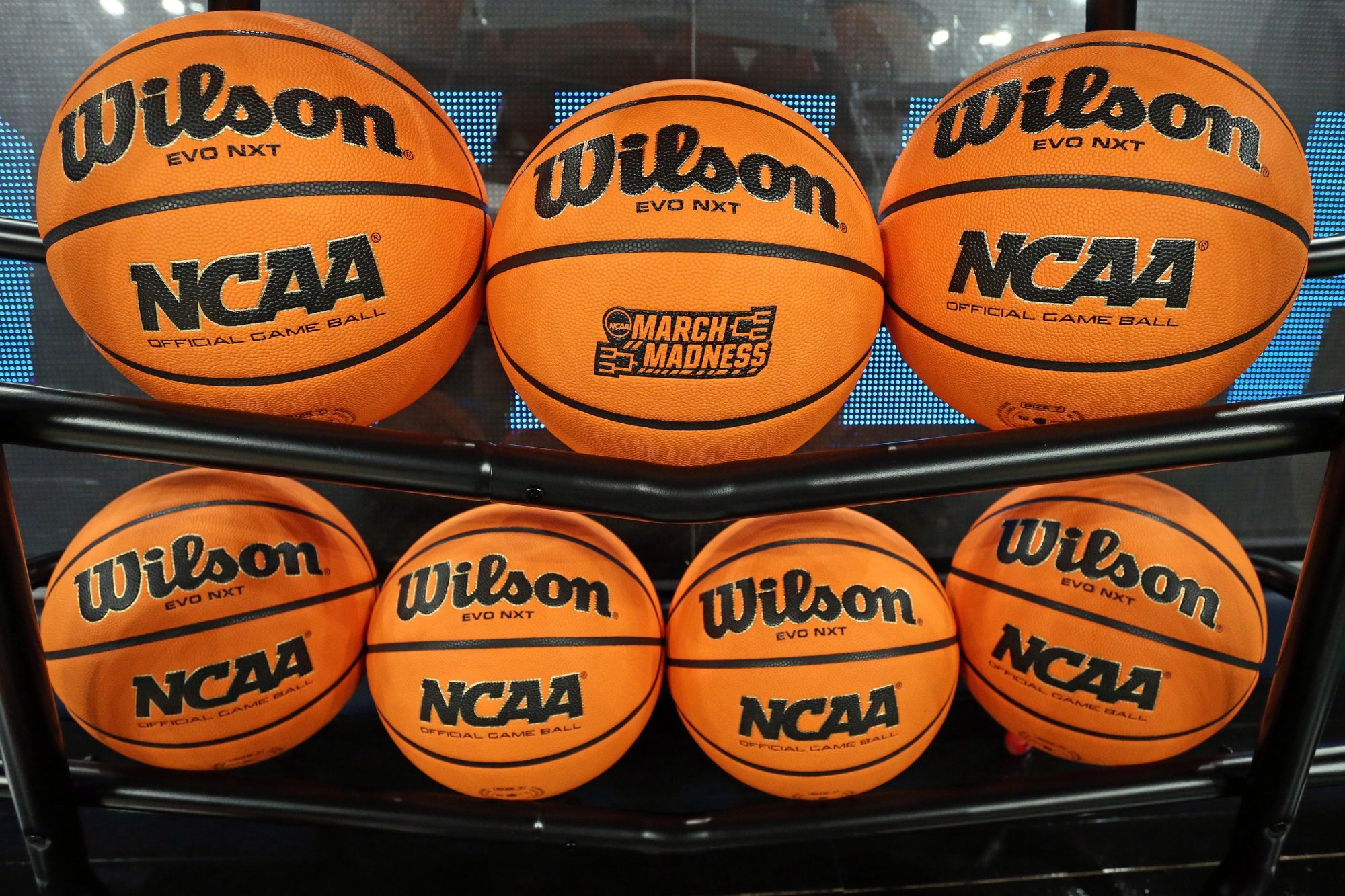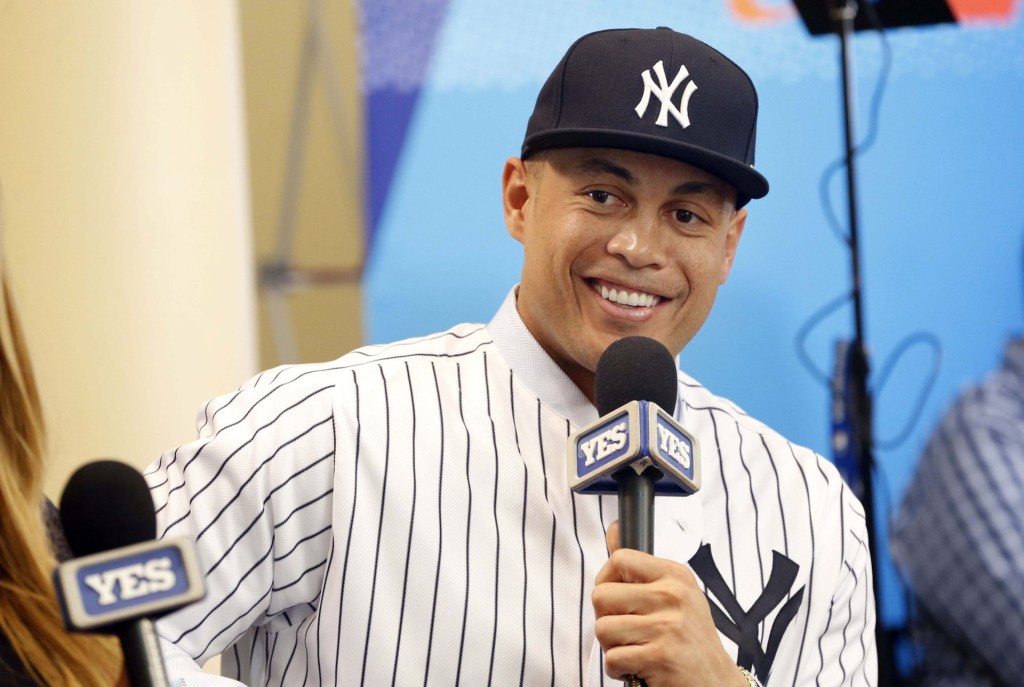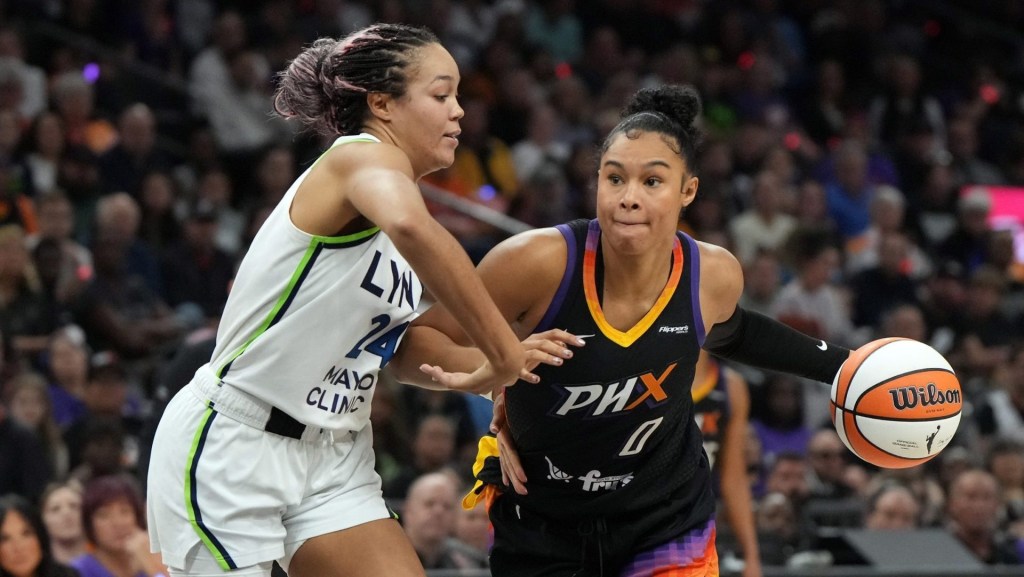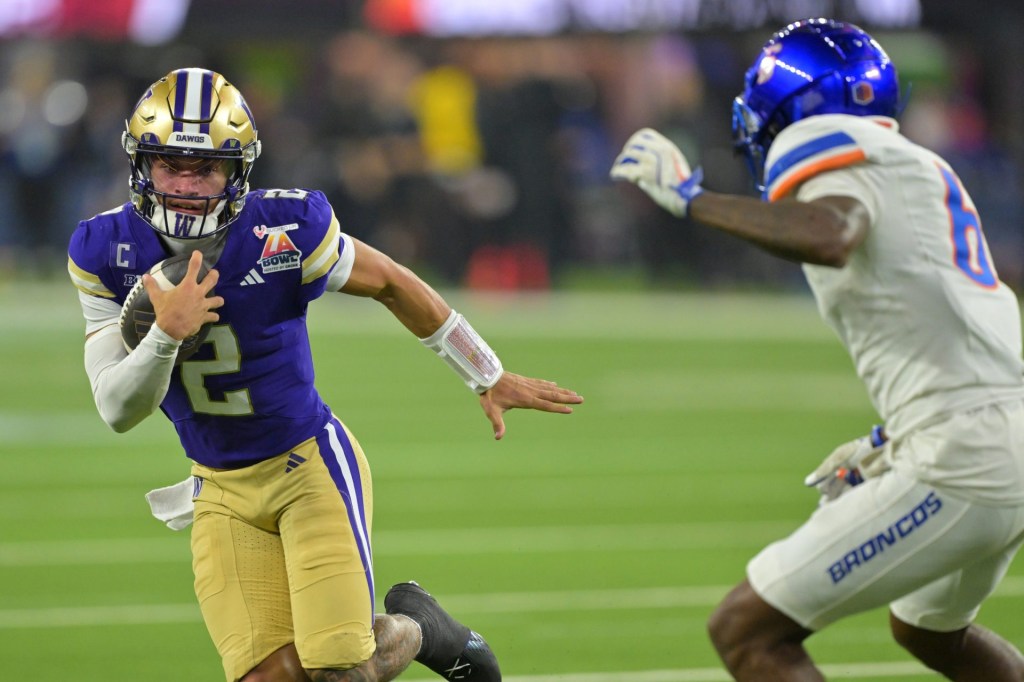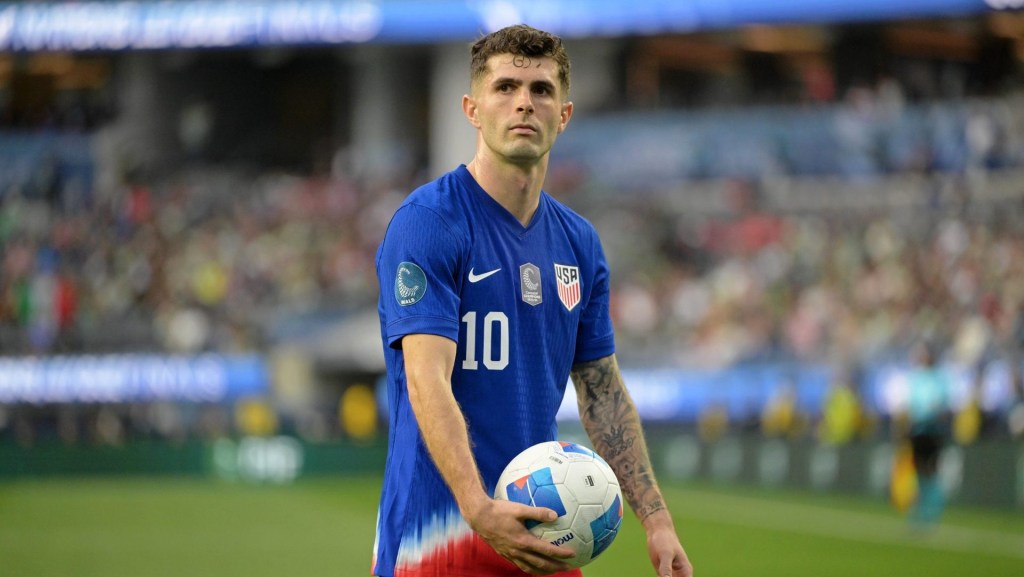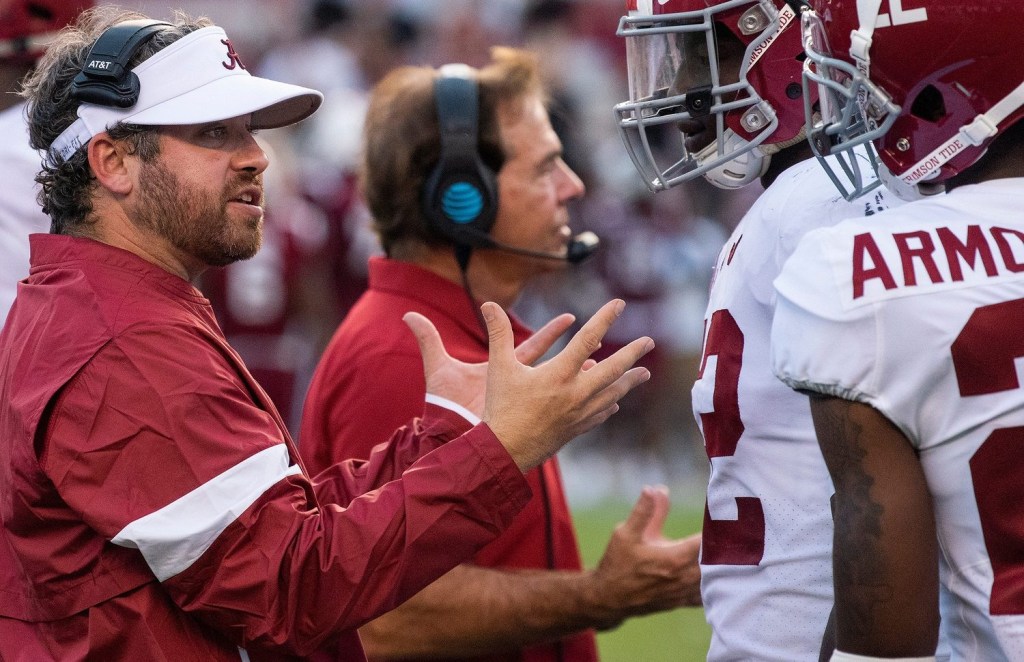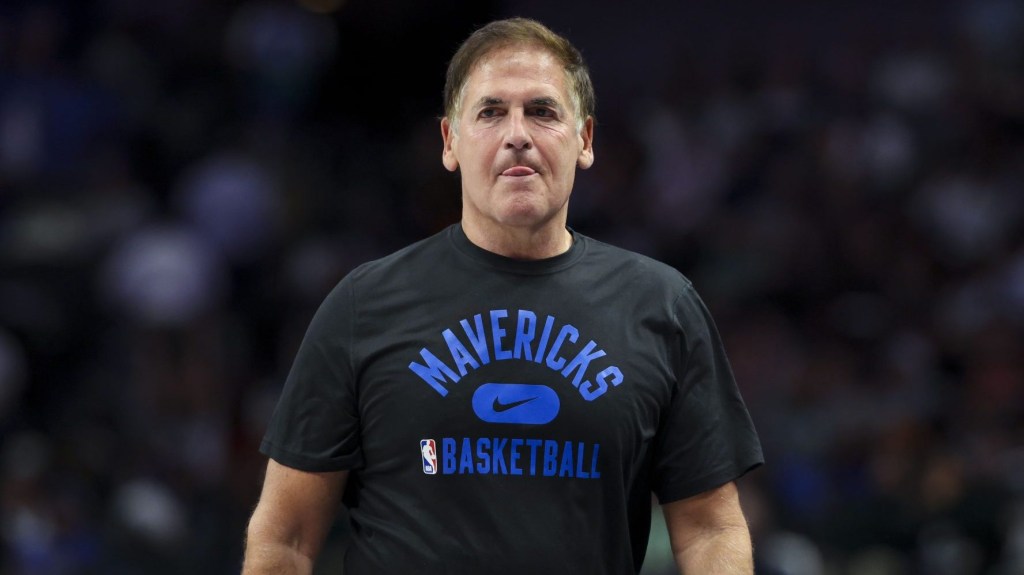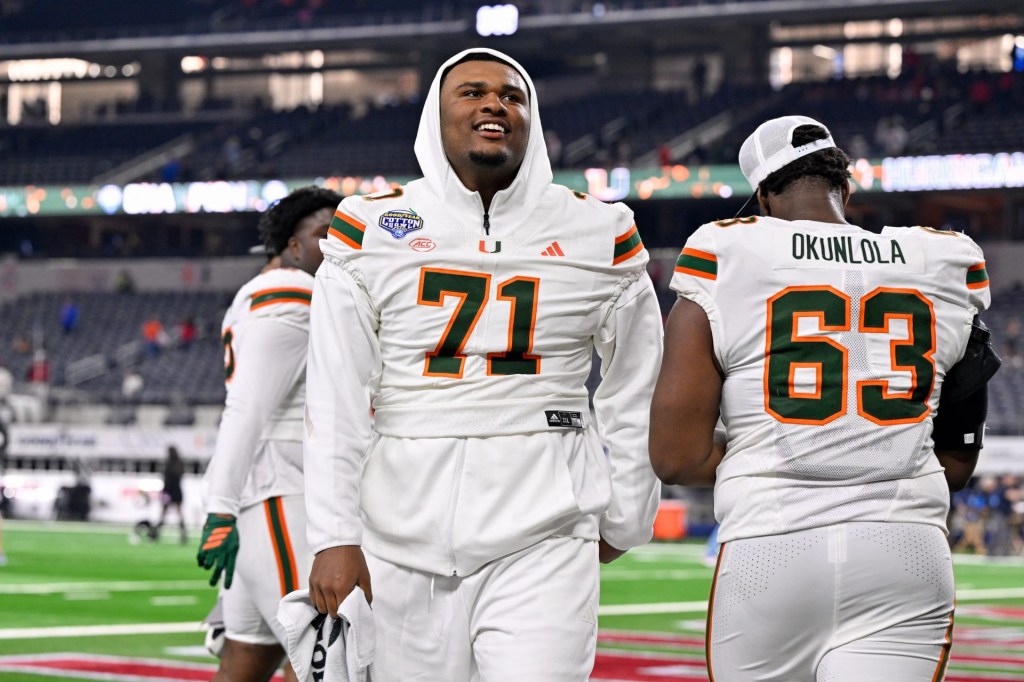On Monday night, ESPN reported that parties were making progress with settlement negotiations in the House v. NCAA case over name, image, and likeness—which many in the industry consider to be the most immediate threat to the NCAA’s financial stability, given that the governing body and Power 5 conferences are facing around $5 billion in damages. Front Office Sports can confirm that multiple college industry leaders expected parties to settle. (The main attorney for plaintiffs, Jeffrey Kessler, declined to comment when reached by FOS; the NCAA did not respond to a request for comment.)
Employment Status Unresolved
A settlement could allow players to receive a cut of the billions of dollars generated by television revenue for the first time in NCAA history. But it wouldn’t address college sports’ biggest existential question: athlete employee status. The House case doesn’t deal with employee classification at all; even its revenue-sharing mandates would apply to athletes only in power conference schools.
The case, first filed in 2020 by named plaintiff Grant House, a former Arizona State swimmer, among others, would facilitate revenue sharing in a creative way. The defendants in the case include the NCAA, as well as the Pac-12, ACC, SEC, Big Ten, and Big 12 conferences. It argues that NIL’s definition should be expanded in multiple directions, most notably to allow athletes to receive a cut of TV revenue that would be considered “broadcast NIL rights.” Judge Claudia Wilken, who also presided over major antitrust cases O’Bannon and Alston, certified three damage classes last fall, hence the multibillion-dollar damages price tag.
Revenue-Sharing Dilemma
A settlement would mandate back-pay to damage classes, as well as force Power 5 conferences into a revenue-sharing framework that could provide $20 million per school to athletes, according to ESPN. But the reforms would stop there. There’s a growing sentiment across the NCAA that rich schools should share revenue with athletes, but the belief isn’t completely altruistic. They hope to pay players but still call them amateurs—that allowing revenue sharing will placate reformers who have been pushing for athletes to be deemed employees.
The panic around paying damages in the House case has put it at the forefront of industry leaders’ minds. But employment classification is the NCAA’s biggest bogeyman—the real death knell to its amateurism model. Employee status would force schools to not only pay players salaries but also provide employee-related benefits and make schools and the NCAA potentially liable for workers’ compensation (something it has specifically fought against for decades). It would also allow athletes to attempt to formally unionize and collectively bargain with schools, conferences, and the NCAA, just like pro athletes do with their leagues.
Multiple cases in federal court and at the National Labor Relations Board are already progressing toward at least some group of NCAA athletes being deemed professionals. The Dartmouth men’s basketball team’s unionization effort has perhaps progressed the farthest.
As for long-term consequences, the House case pales in comparison.
